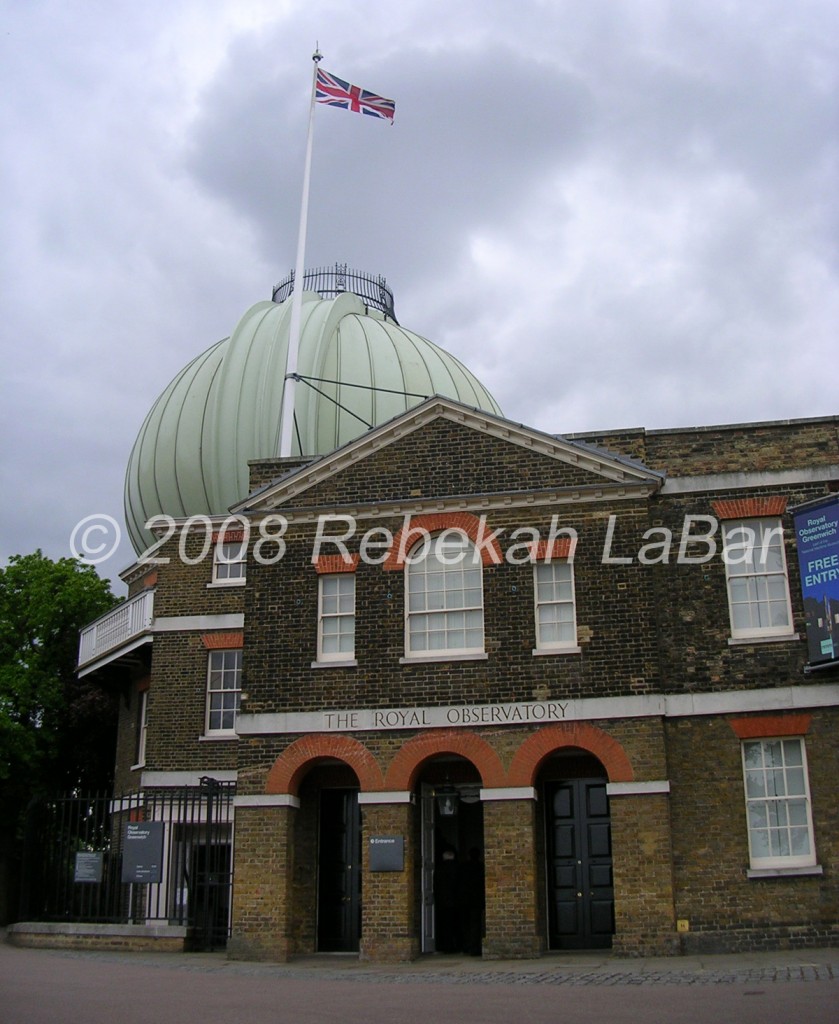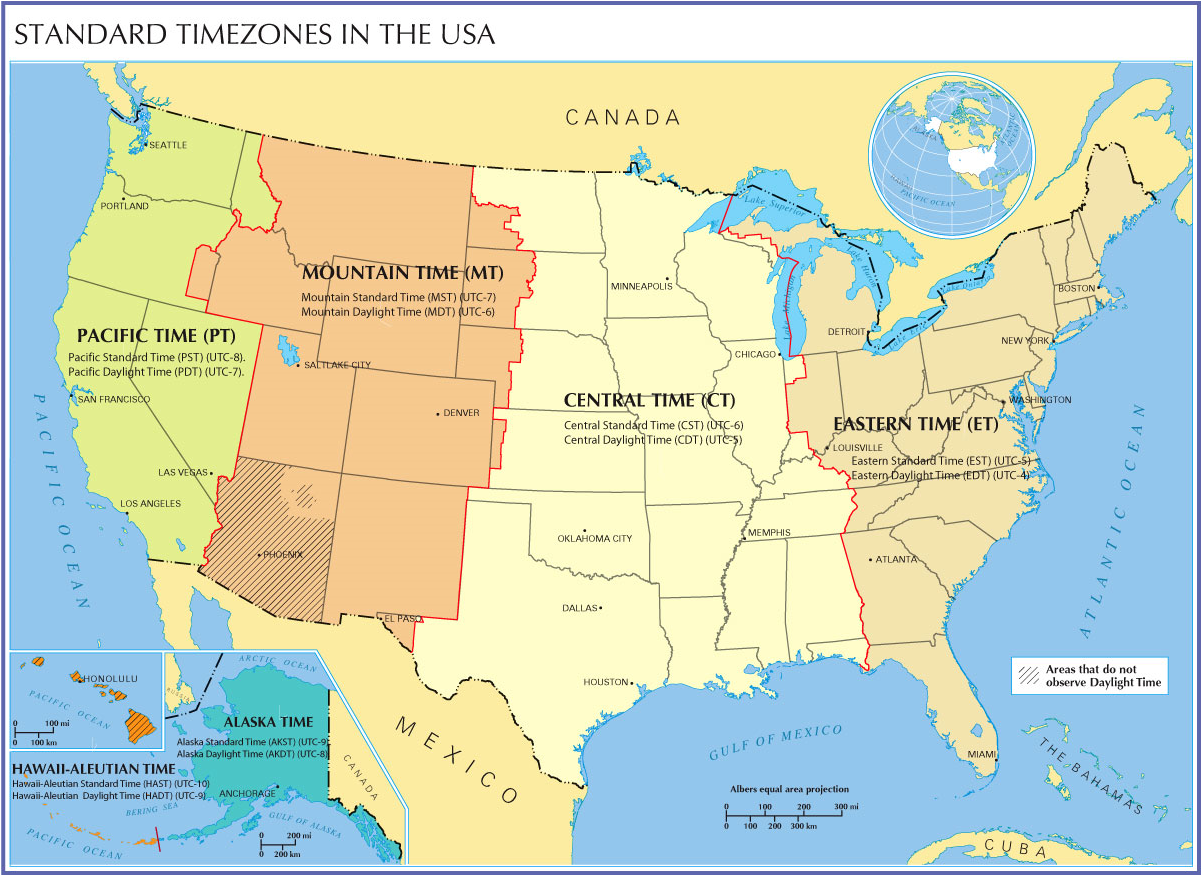02.21.11
Meteorology 101: Time Zones
Last week we finished up talking about the elements of weather (temperature, pressure, wind, moisture, clouds, precipitation, and visibility); this week we’re going to move on to time zones.
When analyzing weather and weather models around the world, it becomes much easier to think of everything in terms of one time zone. For example, weather balloons are launched twice daily around the world, always at the same time (i.e., a balloon is launched in Los Angeles at the same time that one is launched in London). If you look at a weather map, you may see time given in “UTC”. Coordinated Universal Time (or Universal Time, Coordinated) is the standard time zone that meteorologists use.
UTC / GMT / Z
Universal Time, Coordinated (UTC) is the same time zone as Greenwich Mean Time (GMT). You probably already know that Greenwich Mean Time is the time at the Royal Observatory in Greenwich, London, England, where the prime meridian divides the eastern hemisphere from the western hemisphere.
Another time zone you may see on weather maps is Zulu Time (Z). Zulu (in South Africa) is also a place divided by the prime meridian, and as such Zulu Time is also the same time zone as UTC and GMT. While UTC may be the more formal way to write time in meteorology, many (including myself) prefer to use Z in informal settings as it is faster to write and say.
In summary,
- UTC = Z = GMT
- 24-hour time clock, like in the military
- Midnight GMT = 0000 UTC = 00Z
- Noon GMT = 1200 UTC = 12Z
- 7:30 PM GMT = 1930 UTC = 1930Z
US Time Zones
There are four time zones for the contiguous United States: Pacific, Mountain, Central, and Eastern. The following map (click to enlarge) shows the conversion factors between these time zones and UTC.
For example, I live in Oklahoma, so I’m currently in Central Standard Time. The conversion is UTC-6, which means if it is 1200 UTC / 12Z (noon in London), it is 6 am in Oklahoma. If I want to go to UTC, I have to go forward in time, and add six hours.
————————————————–
Next Monday we will start talking about weather measurements, beginning with surface observations!


World Spinner said,
March 3, 2011 at 11:58 am
Green Sky Chaser » Meteorology 101: Time Zones…
Here at World Spinner we are debating the same thing……